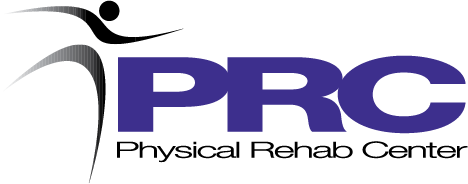News
3 different types of exercise are effective for rotator cuff injuries

Physical therapy is commonly recommended, but it’s not clear which approach is best
Shoulder pain affects approximately 16-21% of the population, and it’s one of the most common reasons people seek out care from a doctor. There are many possible causes of shoulder pain, but a significant percentage of cases are due to a condition called rotator cuff tendinopathy. The rotator cuff is a group of muscles and tendons that surrounds the shoulder joint and provides it with the stability needed to do its job. Rotator cuff tendinopathy—also known as shoulder impingement syndrome and several other names—occurs when one of these tendons becomes damaged and inflamed. This may be due to a single, traumatic injury or from a gradual deterioration over time, and the result is always pain and difficulty moving the shoulder normally. Patients with rotator cuff tendinopathy are usually referred to physical therapy to undergo a treatment program that consists of exercise and other interventions. Research has shown that exercise can lead to promising results in these patients, but different authors have advised the use of several different approaches, and it’s not clear which is best. For this reason, a powerful study called a randomized-controlled trial (RCT) was conducted to compare the effectiveness of three different exercise programs for patients with rotator cuff tendinopathy.
Each exercise program lasts for three weeks
For the study, researchers recruited individuals who had shoulder pain for at least three months and screened candidates with inclusion criteria to determine who would be the best fit. This process led to 120 individuals meeting the necessary criteria and being included in the RCT. From here, participants were randomly and evenly assigned to one of three groups: the open chain exercise group, closed chain exercise group, or range of motion (ROM) exercise group. Each group followed a specific type of exercise program, with the open chain group performing a series of rotation exercises that utilized resistance bands. The resistance of the band was set by the physical therapist so that the participant reported being challenged without experiencing excessive pain, and they each needed to perform 10 repetitions of each exercise. The closed chain exercises were designed to activate the rotator cuff muscles as a group and consisted of a wall press and other similar exercises, which all progressed in difficulty throughout the program. The ROM exercises focused on increasing flexibility and were also made progressively more difficult by adding resistance to them. In all three groups, participants attended three appointments with a physical therapist over six weeks, and were instructed to complete three sets of 10 repetitions for each exercise, twice per day over this time period. All participants were evaluated at the start of the study and after the six weeks with a questionnaire regarding their shoulder pain and disability.
All three programs lead to similar improvements
Results showed that participants in all three groups experienced significant improvements in shoulder pain and disability. When these improvements were compared, they were found to be similar between all groups, which meant that no single exercise program was superior to the others. These findings suggest that targeted exercises led by a physical therapist can reduce shoulder pain and disability in patients with rotator cuff tendinopathy, and that the specific exercises used may not be important so long as the rotator cuff is strengthened and mobility is enhanced. Additional research is now needed to confirm these results, define patient selection and further investigate if any single exercise program is superior, but this RCT should encourage patients currently dealing with rotator cuff tendinopathy to see a physical therapist. Taking this approach may help these patients experience a number of benefits and quickly experience relief from their shoulder pain.
- As reported in the June ’17 issue of Physiotherapy
June 27, 2019
Disclaimer:
The information in the articles, posts, and newsfeed is intended for informational and educational purposes only and in no way should be taken to be the provision or practice of physical therapy, medical, or professional healthcare advice or services. The information should not be considered complete or exhaustive and should not be used for diagnostic or treatment purposes without first consulting with your physical therapist, occupational therapist, physician or other healthcare provider. The owners of this website accept no responsibility for the misuse of information contained within this website.






